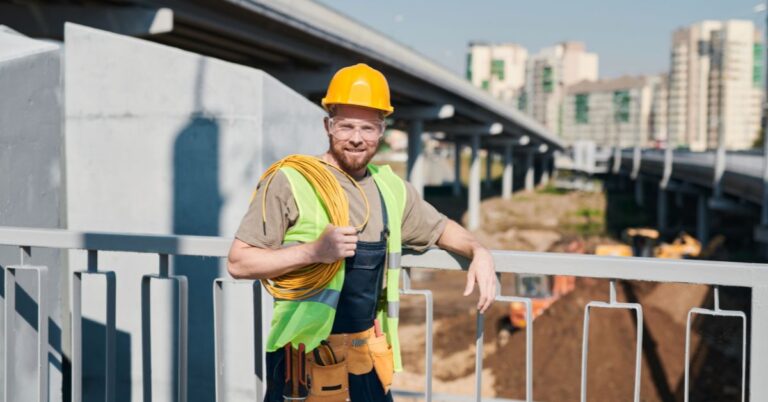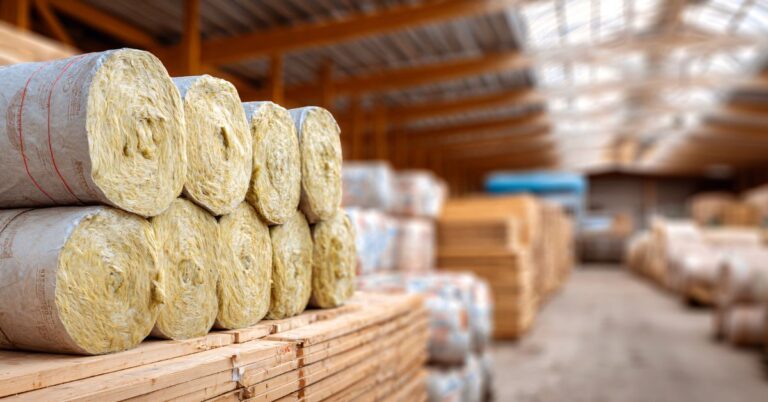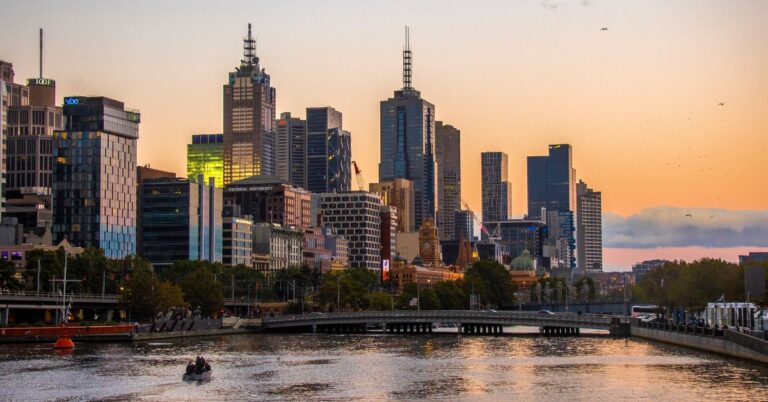A building inspection is one of the most important stages in any construction or renovation project in Melbourne. It ensures that every part of the structure — from the foundation to the final finish — meets safety, quality, and regulatory standards. Whether you’re building a new home, renovating, or buying property, understanding the inspection process is vital for protecting your investment.
In this article, we’ll break down how building inspections work, what’s checked at each stage, and why following proper building standards and inspection requirements helps you avoid costly mistakes later.
1. What Is a Building Inspection?
A building inspection is a detailed examination of the construction work to ensure it complies with the Victorian Building Authority (VBA) regulations, Australian Standards, and your approved building permit.
These inspections are not just about quality — they confirm that your property is structurally sound, safe, and built according to approved plans.
In Melbourne, building inspections are carried out by a registered building surveyor or their appointed inspector.
2. Why Building Inspections Matter
Building inspections play a critical role in ensuring construction safety and quality. They act as a checkpoint between different construction phases, confirming that the builder’s work meets code before the next stage begins.
Key reasons why inspections are essential:
- Ensure compliance with building regulations and codes
- Identify issues early, preventing costly rework later
- Guarantee safety for future occupants
- Validate workmanship and material quality
- Protect your investment and maintain property value
Skipping an inspection or failing one can delay your project and result in expensive rectification work.
3. Who Conducts Building Inspections in Melbourne?
In Victoria, building inspections are performed by:
- Registered Building Surveyors – oversee the compliance of the building project
- Appointed Building Inspectors – act on behalf of the surveyor to inspect each stage
- Private Building Inspectors – often hired by homeowners for independent quality checks
Your building surveyor is legally responsible for ensuring all required inspections are completed before issuing a Certificate of Final Inspection or Occupancy Permit.
4. When Are Building Inspections Required?
Inspections are not just a one-time event — they happen throughout the building process. Each stage must be approved before the next begins.
The typical inspection stages in Melbourne include:
1. Footings Inspection
Before concrete is poured, inspectors check that the ground preparation, formwork, and steel reinforcements meet the engineering design and standards.
2. Slab Inspection
Verifies that slab thickness, reinforcement placement, vapour barriers, and structural layout are correct before pouring concrete.
3. Frame Inspection
Once framing is complete, the inspector checks the structure’s alignment, load-bearing walls, bracing, and connections for compliance.
4. Lock-up Stage Inspection
After external walls, windows, and doors are installed, this inspection ensures structural integrity and protection from weather elements.
5. Fixing Stage Inspection
This review focuses on internal finishes such as plaster, cabinetry, and trims to confirm quality and compliance with approved plans.
6. Final Inspection
The final inspection is the last step before you can occupy the building. It confirms the entire construction meets building standards and is safe for use.
5. What Inspectors Check During Each Stage
During inspections, the focus is on both compliance and quality.
Typical elements checked include:
- Foundation depth, footing layout, and soil stability
- Frame dimensions, connections, and materials
- Roof structure and waterproofing
- Plumbing, electrical, and insulation installation
- Smoke alarms, ventilation, and fire safety measures
- Finishes, fittings, and fixtures
- Energy efficiency compliance (insulation, glazing, sealing)
Inspectors may take photos, notes, and measurements to document compliance and highlight any defects or non-conformances.
6. What Happens If an Inspection Fails
If the inspector identifies issues or deviations from the approved plans, they will issue a Notice of Non-Compliance or Direction to Fix.
You must rectify these issues before moving to the next construction stage.
Common reasons for failed inspections include:
- Incorrect framing or bracing
- Poor concrete quality or curing
- Electrical/plumbing work not meeting standards
- Missing insulation or safety measures
- Incomplete structural documentation
A re-inspection will then be scheduled to confirm that all problems have been corrected.
7. How to Prepare for a Building Inspection
Proper preparation can save time and money by helping you pass inspections on the first attempt.
Preparation tips:
- Review plans carefully before each construction phase.
- Ensure tradespeople follow approved drawings and material specifications.
- Clean and clear the site for easy inspector access.
- Keep records of all permits, engineering reports, and material certifications.
- Communicate with your builder and inspector to confirm scheduling and expectations.
Being proactive helps avoid inspection delays and keeps your project workflow running smoothly.
8. Independent vs. Mandatory Inspections
In addition to mandatory inspections required by law, some homeowners choose to hire independent building inspectors for extra peace of mind.
Independent inspections can include:
- Pre-slab inspection
- Frame stage review
- Pre-handover inspection (before occupancy)
- Defects and warranty inspection (after completion)
These independent checks ensure that even if your builder passes the mandatory council inspections, your home still meets your personal quality expectations.
9. Building Standards in Melbourne
All construction in Melbourne must comply with:
- Victorian Building Authority (VBA) regulations
- National Construction Code (NCC)
- Australian Standards (AS) relevant to specific materials and methods
These codes define how work should be completed — covering structural design, fire safety, accessibility, and energy efficiency.
Builders and surveyors must follow these standards throughout the inspection process to ensure every property is safe and compliant.
10. Final Inspection and Certification
The final inspection is the last step before you move in or officially complete your project.
Once the building passes all inspections, your surveyor issues one of the following:
- Certificate of Final Inspection – for extensions or renovations
- Occupancy Permit – for new homes or major rebuilds
This certification proves that your home meets Melbourne’s inspection requirements and can be legally occupied.
Without it, your insurance or future property sale may be affected.
11. Benefits of a Thorough Building Inspection
A complete and compliant building inspection process offers lasting benefits, including:
- Peace of mind that your home is safe and structurally sound
- Higher property value through verified construction quality
- Early problem detection, saving money in future repairs
- Legal protection and compliance with state regulations
- Long-term confidence in your builder’s workmanship
12. Tips for Choosing the Right Building Inspector
When selecting an inspector or surveyor, consider the following:
- Check VBA registration to confirm legal qualifications.
- Review experience with similar property types or construction methods.
- Ask for sample reports to understand inspection detail and clarity.
- Ensure independence — avoid inspectors directly employed by your builder.
- Compare fees and inclusions — low-cost inspections may skip critical checks.
13. Common Questions About Building Inspections
Q: How many inspections are required for a new home in Melbourne?
A: Most homes require at least six mandatory inspections, covering footings, slab, frame, lock-up, fixing, and final stages.
Q: Who books the inspections?
A: Typically, the builder or building surveyor schedules them as the project progresses.
Q: Can I attend the inspection?
A: Yes, homeowners are encouraged to be present for transparency and to discuss any concerns with the inspector.
Q: What if my builder refuses an independent inspection?
A: You have the right to request independent inspections, especially before final handover, to protect your interests.
14. Key Takeaways
- Building inspections ensure every stage of construction meets Melbourne’s building standards.
- They help identify defects early, maintain safety, and confirm code compliance.
- Always hire a registered building surveyor or inspector.
- Never skip an inspection — it’s your legal safeguard and peace of mind.
15. Final Thoughts
Whether you’re building, renovating, or buying a new home in Melbourne, understanding the inspection process is essential. Each stage of inspection protects your safety, ensures quality workmanship, and guarantees compliance with Australian standards.
By working with licensed inspectors and staying involved in each stage, you can be confident your property is built to last — safe, strong, and ready for years of comfortable living.
Suggested Schema Markup:
- Article Schema
- FAQ Schema
- HowTo Schema
Internal Link Suggestions:
- “Construction Timeline Melbourne”
- “Building Process Melbourne”
- “Extension Approval Process Melbourne”
- “Renovation Process Melbourne”




